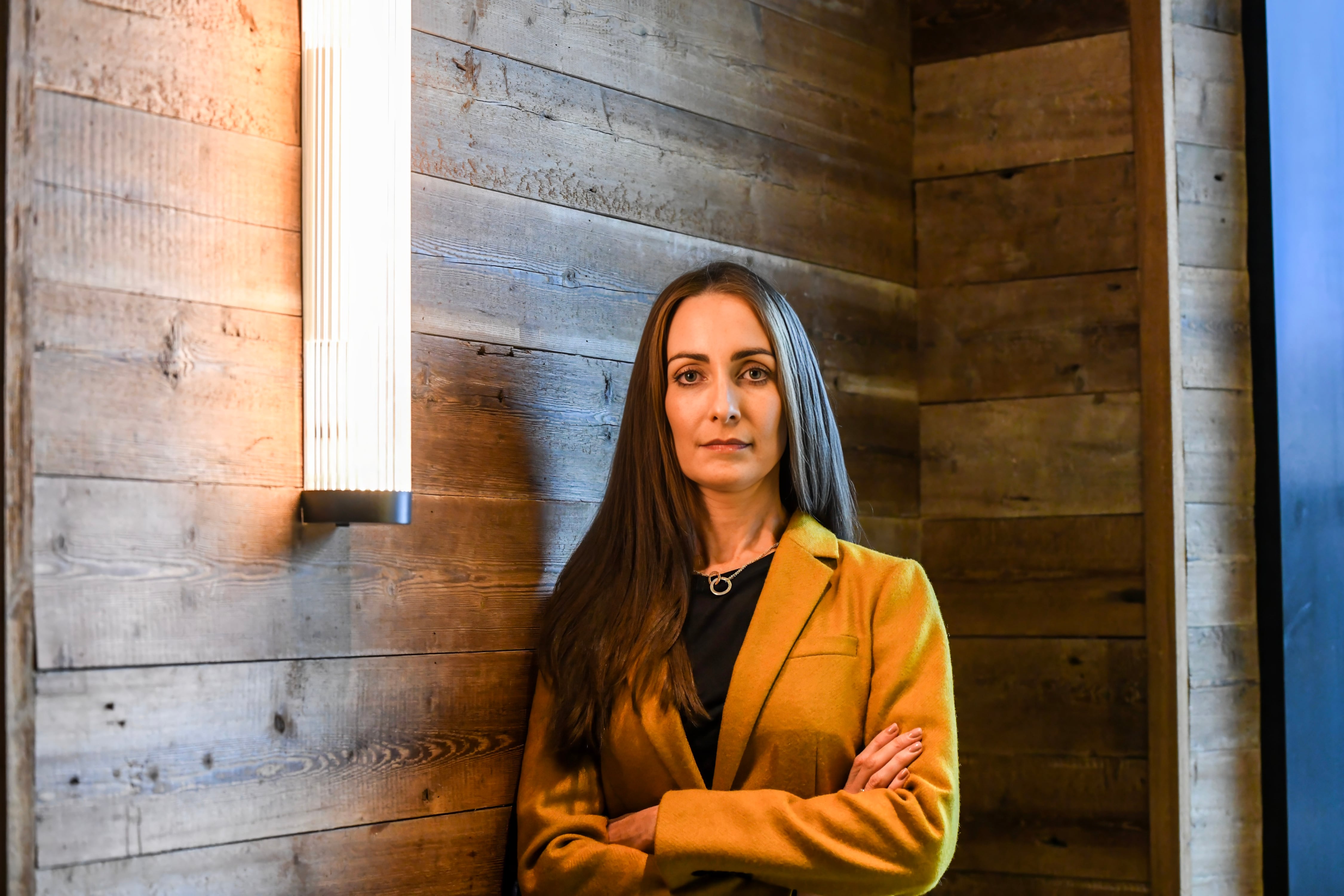As you watch yet another deepfake video on TikTok or YouTube, you could be forgiven for wondering, “What’s real any more?” With GenAI increasingly being used by students to write essays and reports, and by cybercriminals to create extraordinarily lifelike deepfakes of celebrities and public figures such as Taylor Swift and the late Pope Francis, how can anyone be sure that what they are reading or seeing is authentic? Can GenAI be used to detect GenAI-generated text or images, or do we need to find new methods to figure out fact from fiction?
The genie is definitely out of the bottle when it comes to the use of GenAI in academia. In May, New York Magazine ran an article entitled: “Everyone Is Cheating Their Way Through College – ChatGPT has unravelled the entire academic project.” The article pointed out that in January 2023, just two months after OpenAI launched ChatGPT, a survey of 1,000 college students found that nearly 90 per cent had used it to help with homework assignments. Meanwhile, a study that used fake student profiles to slip 100 per cent AI-generated work into professors’ marking at a UK university found that they failed to flag 97 per cent of them.
Earlier this year, the Centre for Academic Practice at Trinity College Dublin took the step of issuing a “College Statement on Artificial Intelligence and Generative AI in Teaching, Learning, Assessment and Research”.
The statement acknowledged that while AI and GenAI offer new opportunities for teaching and learning, they “present challenges and risks, including to academic integrity, ethics, privacy, impartiality, intellectual property and sustainability”. In response, the college will commit to “providing ongoing resources and guidance to use AI and GenAI in ways that are appropriate, responsible and ethical – and to ensure that academic integrity is maintained in its usage”.
READ MORE
Is this easier said than done? Alan Smeaton is a professor of computing and a founding director of the Insight Centre for Data Analytics at Dublin City University. He says the first reaction to the use of GenAI – for example, ChatGPT or Google’s Gemini – was to ban it completely, but this is ultimately unsustainable.
“That’s not doing our students any favours,” he states. “It’s another tool they need to learn to use, and they need to learn its limitations, its benefits and its opportunities. It’s a cold war.”
In terms of detecting AI use in third-level assignments or essays, various commercial entities offer AI text detection tools, essentially a follow-on from the plagiarism tools historically used by colleges and universities. But the reality is that these are not accurate enough, Smeaton says.

“These tools have an accuracy that the commercial companies will claim is 98 or 99 per cent – that’s in their controlled studies, but the independent assessments bring those numbers down from the 96, 97, 98, right down to the 70s.” This level of accuracy is “simply unacceptable”, he notes.
As a result, lecturers are getting more innovative in their means of assessing students’ knowledge. “You just change the nature of the assessment,” Smeaton says. “So instead of asking for an essay on a topic, saying write me 3,000 words on such-and-such, you ask them for some other form of submission, such as generate a five-minute video presentation on this topic with your own PowerPoints – you can’t fake that.” Smeaton recently asked one of his classes of 200 students to do just that and picked a subset to review for AI usage: “It keeps them on their toes.”
Smeaton and his team have also been working on various means of detecting and identifying deepfakes, which he says are getting “progressively seamless and simpler to compute”. He has used a technique called Euler video magnification, which attempts to highlight and magnify hidden features in faces, such as skin pulsation and subtle motions.
Back in 2020, there was global participation in an activity called the Deepfake Detection Challenge. More than 2,000 research groups scoured a set of hundreds of thousands of videos, half of which were deepfakes and half of which were not. Smeaton’s group used their Euler magnification technique to assess them and achieved an accuracy of about 70 per cent. The other thousands of research groups achieved about the same levels.
“No one could nail it,” Smeaton admits. “But it’s not impossible.” While Meta, Google, and Microsoft probably could solve the problem of deepfakes, given the resources they have at their disposal, he believes they have no motivation to do so as it does not yet align with their vested interests. Eventually, a “turning point” will come where people become “disenchanted” with AI, he says. “There will be pushback, and at that point I do believe the companies will reassess automatic detection techniques and then when they put all their brain power against it; then techniques will be close to 100 per cent accurate.”













